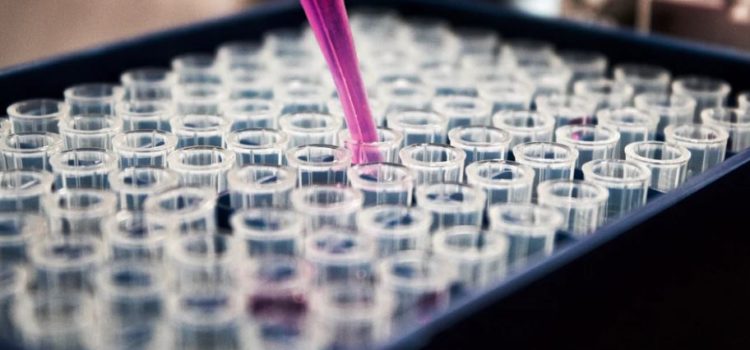

This article is an excerpt from the Shortform summary of "The Immortal Life of Henrietta Lacks" by Rebecca Skloot. Shortform has the world's best summaries of books you should be reading.
Like this article? Sign up for a free trial here .
What are the major uses of HeLa cells? Have there been any medical breakthroughs from HeLa cells? What are the HeLa cells contributions to science?
There have been countless uses of HeLa cells in a variety of research fields. Beyond medical breakthroughs from HeLa cells, they’ve been used to study space travel, evaluate cosmetics, and clone cells.
Learn 10 important uses of HeLa cells ranging from lifesaving to controversial mice-human hybrids.
Use of HeLa Cells #1: The Polio Vaccine
Around the same time that Henrietta was buried, an ambitious study was launched to prove the effectiveness of Jonas Salk’s polio vaccine. The study necessitated a tremendous number of cultured human cells—HeLa cells, initially provided by George Gey and grown in massive quantities at the Tuskegee Institute, the renowned black university.
Once the scientists at the HeLa Distribution Center realized there would be no shortage of HeLa cells for the polio study, they began to send the cells more widely and for a variety of studies. Even after the HeLa cells contribution to science in verifying the polio vaccine, the developments continued.
Use of HeLa Cells #2: Virus Research
HeLa cells contributions to science were especially impactful for the study of viruses. Viruses reproduce by modifying the genetic material of the infected cell, and because HeLa cells grew so rapidly, scientists were able to observe viruses’ effects at an accelerated rate. This quality enabled medical breakthroughs from HeLa cells in this field.
Use of HeLa Cells #3: Human Space Travel
HeLa cells contribution to science wasn’t just limited to the field of medicine. HeLa cells accompanied both Russian and American astronauts into space (scientists wanted to study the effects of space travel on human cells). The magazine Scientific American even offered readers instructions on how to culture HeLa cells at home!
Use of HeLa Cells #4: Controversial Human-Mice Hybrids
One especially controversial use of HeLa cells was the development of human-animal hybrid cells. Scientists had discovered that cells could be made to fuse in culture—that is, they would combine their genetic material, much like sperm fertilizes an egg. In 1965, two British researchers successfully fused HeLa cells with mouse cells.
The sensational newspaper headlines predicting hideous mouse people notwithstanding, the hybridization of human and animal cells resulted in significant advances in our knowledge of how genes work. Researchers discovered that, as time went on, the human-mouse hybrid cells would lose their human chromosomes. This behavior enabled researchers to track which chromosomes corresponded to which cell traits (because when a certain cell trait disappeared, researchers could correlate that disappearance to a lost chromosome).
6 More Uses of HeLa Cells
Scientists made a number of medical breakthroughs from HeLa cells in a relatively brief period of time. Other uses of HeLa cells in research included:
- The development of a method for freezing cells without damaging them, which allowed researchers to “pause” the processes they were studying and then restart them without any effect on the cell;
- The standardization of the field of tissue culture, which enabled researchers around the world to grow cells in their laboratories consistently and efficiently;
- The discovery of a method for cloning cells (HeLa cells grew from a sample of Henrietta’s tissue, and so were cultivated from a cluster of cells rather than one specific cell; cloning allowed scientists to study the behavior of a specific cell in a variety of situations); and
- The direct observation and accurate counting of chromosomes in a human cell (prior to 1953, scientists believed human cells had 48 chromosomes rather than 46; the confirmation of the correct count allowed scientists to determine the etiology of diseases like Down syndrome and Turner syndrome).
- HeLa cells were exposed to high levels of radiation to explore the cellular effects of nuclear fallout—it was the era of the Cold War—and placed in centrifuges to simulate high- and low-gravity.
- They were also used by cosmetics manufacturers to test their products.

———End of Preview———
Like what you just read? Read the rest of the world's best summary of Rebecca Skloot's "The Immortal Life of Henrietta Lacks" at Shortform .
Here's what you'll find in our full The Immortal Life of Henrietta Lacks summary :
- How Henrietta's cells became used in thousands of labs worldwide
- The complications of Henrietta's lack of consent
- How the Lacks family is coping with the impact of Henrietta's legacy






